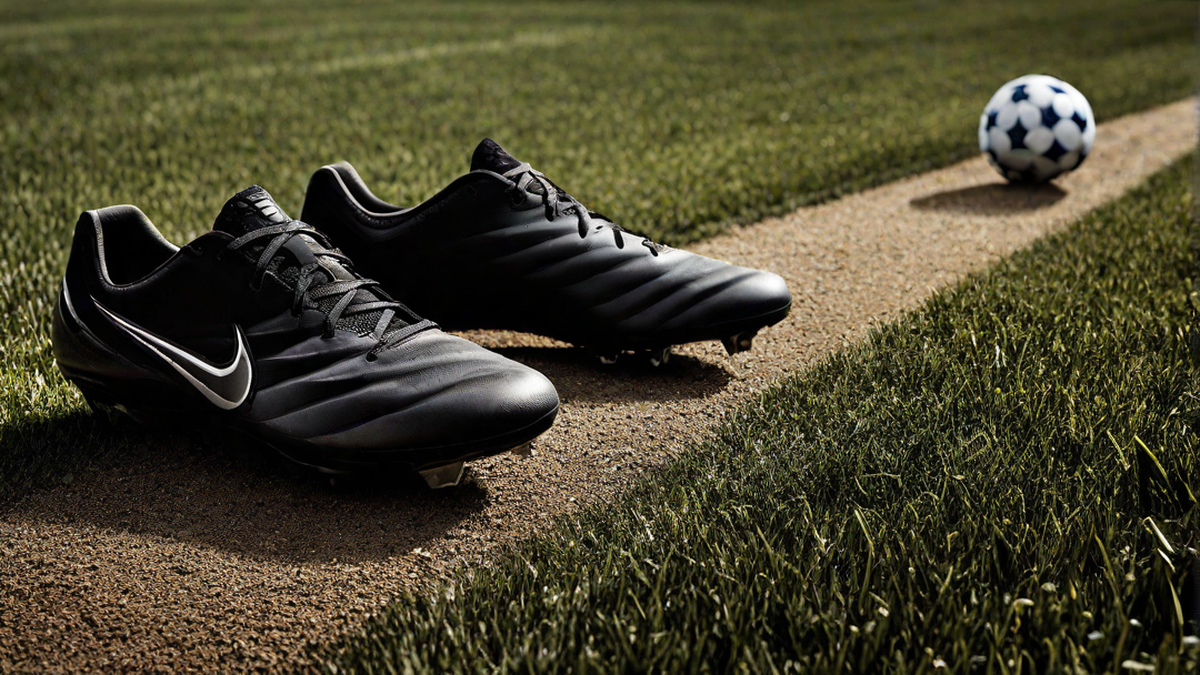As a seasoned runner, I have often pondered the question of whether cleats are good for running. Cleats are renowned for their use in sports like soccer, football, and baseball due to the traction they provide. However, when it comes to running, the suitability of cleats is a topic that demands thorough exploration.
Understanding Cleats
Cleats are shoes with studs or spikes on the sole, designed to provide traction on soft or slippery surfaces. These studs effectively prevent slippage and enhance stability during lateral movements, making them ideal for sports involving quick changes in direction.
Running Surface
For runners, the type of surface being traversed is of paramount importance. On a track or road, traditional running shoes offer the necessary support and cushioning. However, when running on trails or in cross country races where the terrain is uneven and potentially treacherous, the need for enhanced traction becomes evident. In such scenarios, cleats could offer an advantage.
The Case Against Cleats
While it’s understandable why cleats are appealing for their grip, they pose potential drawbacks for runners. The studs, which provide traction on soft ground, can be uncomfortable and even detrimental on hard surfaces like asphalt or concrete. The rigid structure of cleats may lead to an increased risk of injury due to the limited shock absorption and flexibility compared to traditional running shoes.
The Verdict
Ultimately, the use of cleats for running should be approached with caution and mindfulness of the specific running conditions. For track and road running, the benefits of cleats are outweighed by the potential drawbacks. Nevertheless, in off-road situations with soft or slippery surfaces, cleats could be a viable option to consider.
Personal Experience
Reflecting on my own running journey, I have encountered various terrains and weather conditions. While I initially experimented with cleats for trail running, I found that their limitations on harder surfaces led me back to traditional running shoes. The adaptability and versatility of running shoes have proven indispensable, enabling me to seamlessly transition between different running environments without compromise.
Conclusion
In conclusion, the decision to utilize cleats for running rests on the specific requirements of the terrain. It’s essential to prioritize comfort, support, and injury prevention when selecting footwear for running. While cleats have their niche in certain sports, the nuanced demands of running necessitate a more versatile and cushioned approach.

